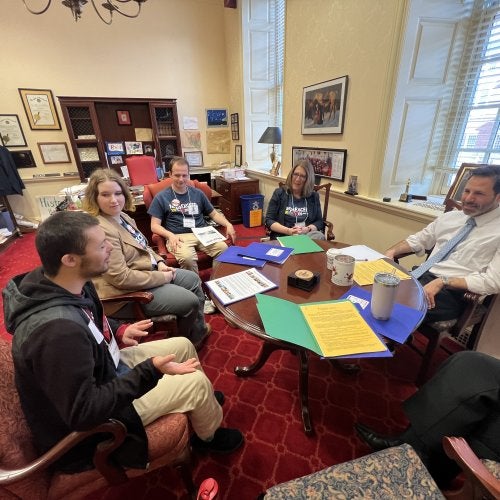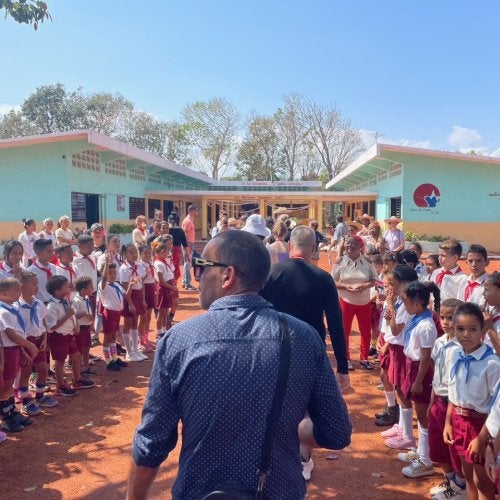
A childâs transition away from naptime may be a bit of a heartbreaker for harried parents, but it also may be a sign that their developing brains are increasingly able to process information.
Thatâs the theory researchers from the šŽÐßēÝŅÐūŋËų and the University of Massachusetts-Amherst are testing with a $6 million grant from the National Heart, Lung, and Blood Institute, home to the National Center on Sleep Disorders Research. It also could answer perennial questions about whether itâs harmful to keep tired preschoolers awake through the day so they sleep better at night.
âAs a parent, Iâve had days where Iâve been like, âI don't want my kid to take a nap today because then they're going to be up until midnight,ââ said Tracy Riggins, a professor in UMDâs Department of Psychology. âBut what cost is there to learning and memory if weâre forcing them to skip the nap?â
She, Gregory Hancock, a professor in the UMD College of Educationâs Department of Human Development and Quantitative Methodology, and Rebecca Spencer, a psychology professor at Amherst, will track the brain developmentâspecifically the development of the hippocampus, responsible for memory and learningâ memory performance and nap status of 180 children ages 3 to 4 1/2 over the course of one year. Participants will meet with the research team at three âcheckpoints,â which include visits to the for an MRI and in the participantsâ home.
During the at-home sessions, the research team will play a memory game with the child. One week the child will be encouraged to take a nap afterward while wearing polysomnography equipment that measures their brain activity. On another day, the child will be encouraged to stay awake. On both occasions, theyâll don the equipment at bedtime.
The team is participants in this first longitudinal study of the cognitive, physiological and neural changes that accompany the transition that occurs when a child goes from taking a midday nap to no nap at all.
âAs a parent, and as someone who studies and develops new data analytic methods for the social and behavioral sciences, I am so excited to be working with Drs. Riggins and Spencer to bring advanced longitudinal design and analysis methods to bear in service of such important developmental questions,â said Hancock.
The researchers hope that their will be of use to educatorsâwhose preschool program nap policies vary from school to schoolâto policymakers considering the possibility of universal pre-K, and, ultimately, to all parents.
âIn the end, being able to tell parents that those little deviations from routine that keep their children from napping might not have these huge implications for a neurotypical child in the long run would be great,â said Riggins. âAnd, the more we know about how the brain works in a typically developing child during this nap transition, the more we will be able to know about where we could possibly intervene to help neurodiverse childrenâlike children with autism and ADHD, whose sleep patterns tend to be disruptedâsince we will have some sort of scientific basis.â
This story first appeared in
Photo by Alex Green



